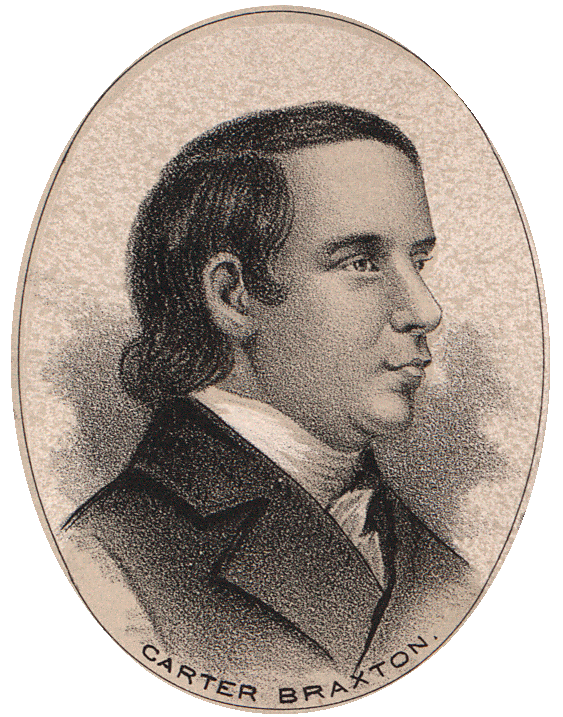The Commonwealth of Massachusetts’s Seal, Flag, and Motto Advisory Commission started meeting in July 2021, blowing past its original deadline but gaining approval last year to change those state symbols.
Earlier this year, the commission invited citizens to suggest designs for a new commonwealth seal,
flag (no longer necessarily just showing the seal), and motto.
This week it unveiled the results—more than a thousand responses (some repeated), which anyone can thumb through in
this download.
The commission sent “23 seals, 48 flags, and 32 mottos” to a second round. (For some reason, those are
shared as a PowerPoint file.)
The whole collection includes lots of allusions to Revolutionary history, as we might expect. Some are obvious, like Minuteman figures, messengers on horseback, a pair of lanterns (or just one), lots and lots of pine trees, anachronistic
teabags, even a
Crispus Attucks.
One person suggested simply returning to the seal carved during the Revolutionary War by
Paul Revere, with a figure of a
Minuteman. Others combined a Minuteman with an
Indian, as on the early colony and later state seals. Several proposed versions of the “
Bunker Hill” or “New England” flag with a pine tree canton over the English cross.
Some allusions to the Revolutionary era are more subtle. At least a couple of designs used the nine vertical red and white stripes of the “Sons of Liberty flag.” I don’t think that’s an authentic Revolutionary relic, but I do like the idea of the state acknowledging the political activity of
Samuel “Rat-trap” Adams.
Since 2005 Massachusetts’s official state colors are blue, green, and cranberry, and those show up in lots of designs, but many more people used the blue, white, and gold of the current flag. To me the gold looks awfully buff, recalling the “buff and blue” of the British Whigs and thence the
Continental Army uniform modeled by Gen.
George Washington.
Many of the flag designs include five-pointed stars, like the one on the current seal/flag, but the number of those stars varies widely. Six stars was the most common count. I was baffled by what that number represented. Usually stars refer to the number of things making up an entity, as with the fifty states of the union, and I didn’t think Massachusetts has six of anything.
Then I read that six stars refer to Massachusetts being the sixth state to ratify the
Constitution. But that ratification was
not, as many submitters believed, when Massachusetts joined the United States. The country had been formed a few years earlier as states signed onto the
Articles of Confederation, and Massachusetts was the
ninth state to do so.
Of course, the commonwealth has a lot more history than the Revolution. The proposed designs also include lots of Mayflowers, both the ship and the flower. Many nod to the state’s educational, technological, and maritime heritages. At the commission’s urging, lots of designers incorporated animals, plants, or landscapes that have some connection to Massachusetts.
The commission’s top three choices in each category are
on this page. I don’t like any of the seals, and I don’t love any of the flags. In the larger group, nothing stood out for me as obviously right either, but I thought some worked better than those selected. (Massachusetts also has an official governor’s flag and an official naval ensign, so there’s room for runners-up.)
I did think a few people came up with the right motto: “Let it begin here.” It’s punchy and understandable, forward-looking enough to evoke innovation. It nods to the state’s false claim to be the real start of the American nation and its more arguable claim to provide the cradle of liberty. It definitely derives from a story of the fight at
Lexington.
Unfortunately, that proposed motto didn’t get past the first round. The commission evidently wants something in Latin. (One submitter did translate the words attributed to
John Parker into Latin:
Hic incipiat.)



















